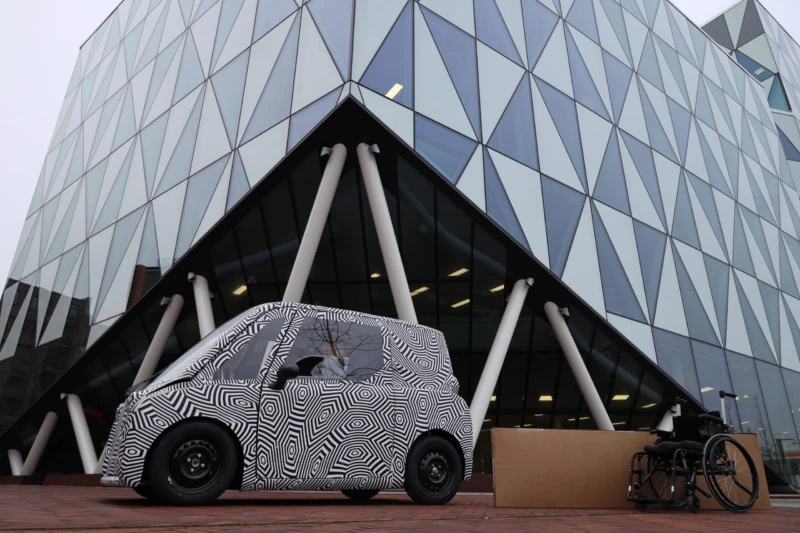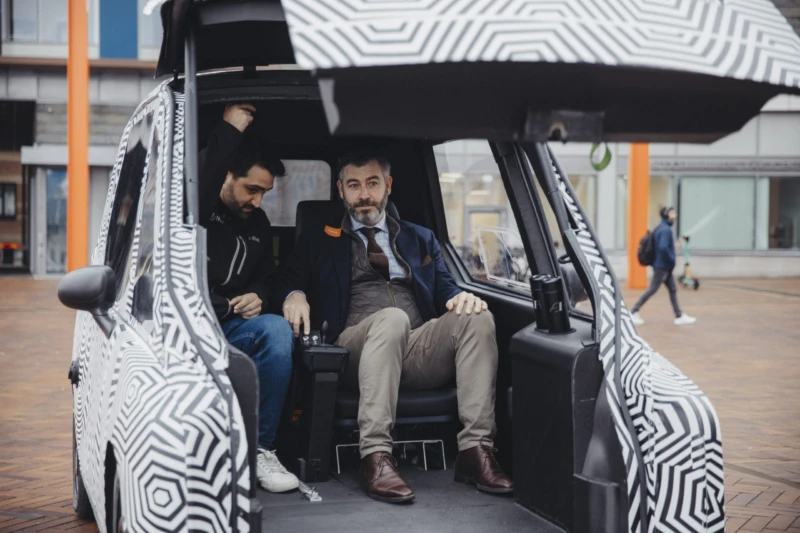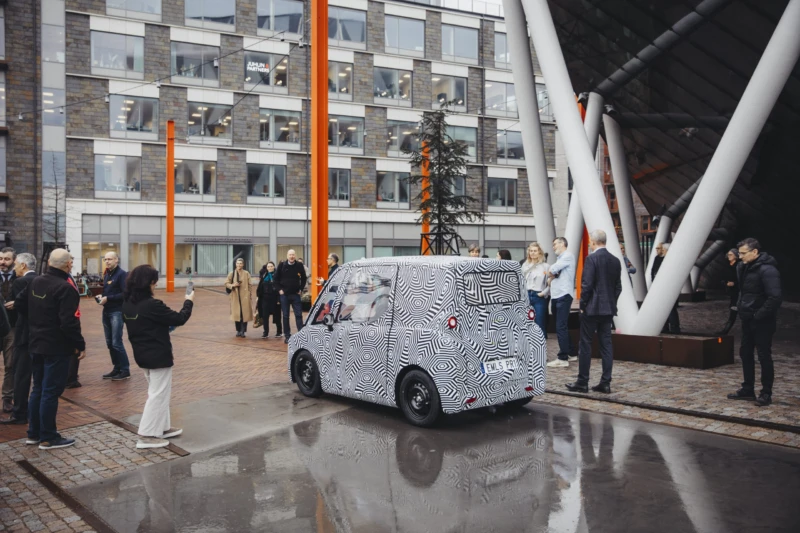Could 3D printed e-Miles be the mobility solution of the future?
An electric-powered and 3D-printed vehicle that can be loaded from the front and the back and carry both people and goods – could this be the future mobility solution in cities? The City of Helsingborg and Lund University will now explore just that.

The world’s cities are growing, traffic is becoming more intense, and the transport sector is consuming more and more of the earth’s resources. If we are to achieve a green transition, we need to find new transport solutions. In Helsingborg, the goal is to become climate neutral by 2030.
“The e-Miles mobility solution is an example of the type of solutions that we have often talked about as future solutions, but which actually already exist here and now. The challenge may not be to come up with the idea and technology, but to ensure new areas of use. This initiative will not make us climate-neutral by 2030, but it will give us the opportunity to think about how fast the development is going and what is required for us to be able to make transitions linked to climate and transport,” says Åsa Bjering, who runs the innovation initiative from the City of Helsingborg.
First time the vehicle is shown outside Spain
The vehicle comes from the Spanish company e-Miles. When it was shown in February during the inauguration of Helsingborg’s new Centre for Innovation – Parken, it was the first time the vehicle was shown outside Spain.
What makes the vehicle exciting is that it can be loaded from both the front and back, and that it can carry both people and goods. It is also electrically powered and 3D printed.

To be tested and developed in Helsingborg
The City of Helsingborg, Lund University, and e-Miles have signed a joint letter of intent. The aim is for the vehicle to be tested and developed in Helsingborg. Exactly how this will happen is not yet nailed down.
“The Centre for Innovation will serve as a meeting place where academia and industry interact with the city to find new solutions for the benefit of us who live here. e-Miles jumped on the idea of an open innovation process together with us and Lund University after we met them at the Smart City Expo in Barcelona in November. This is not a large or costly process; we will make cases where we and the companies that want to explore how such a future mobility solution could contribute to moving people and goods in a smooth way. Curiosity and finding new ways of thinking together are at the centre of this process,” says Åsa Bjering.

Long tradition of logistics
Helsingborg has a long tradition of logistics. It is home to a large cluster of logistics companies and e-commerce. Ferries, motorways and railways connect the Nordic region with the rest of Europe. Sweden’s second largest container harbour is also located here.
It is not surprising that e-Miles is testing its innovations here.
“Several administrations have said they are happy to participate in workshops and consider how new mobility solutions can be used in the city’s operations. Lund University has involved the solution in some of its courses. The prototype is now back in Barcelona and we are exploring whether we could 3D print a prototype in Helsingborg. We have a good dialogue with the company in Spain, and they are still involved in discussions about how their solution can meet the needs of our businesses and residents in the future,” says Åsa Bjering.
